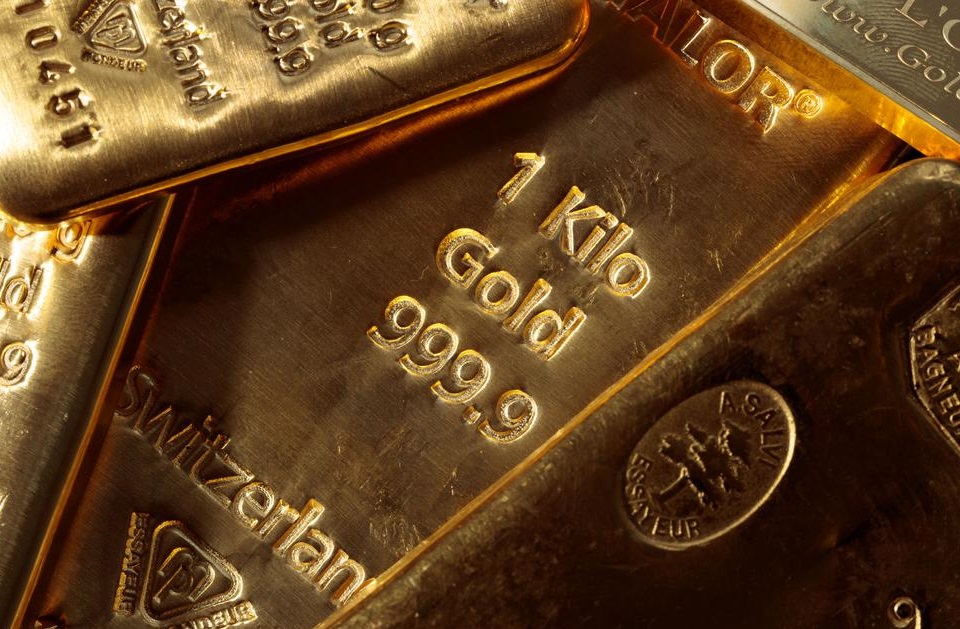The April-June period is known a the COVID quarter, rightly so as various industries are witnessing unprecedented effects of the novel Coronavirus. Gold demand in India fell by 70 percent during the April-June quarter.
Gold prices are at an all time high as they have crossed the Rs 52,000 per 10 gm mark. The rate has gone up by more than 30% since January, but income growth and expectations have not kept pace. This may restrict recovery in the second half of the year, said Somasundaram PR, managing director-India at WGC.
According to a report by World Gold Council (WGC) the demand plunged to 63.7 tonnes whereas the same period in 2019 had a demand of 213.2 tonnes. The WGC ‘Q2 Gold Demand Trends’ report also highlights the change in buying pattern and the increasing demand for online purchases due to the coronavirus lockdown.
| Criterion | 2019 2nd quarter | 2020 2nd quarter |
| Gold demand in terms of value | Rs 62,420 crore | Dipped by 57 percent |
| Total jewellery demand | 168.6 tonnes | Decreased by 74 percent at 44 tonnes |
| Jewellery demand, in value terms | Rs 49,380 crore | Fell by 63 percent at Rs 18,350 crore |
| Total investment demand | 44.5 tonnes | Low by 56 percent to 19.8 tonnes |
| Gold investment demand in value terms | Rs 13,040 crore | Low by 37 percent at Rs 8,250 crore |
| Total recycled gold | 37.9 tonnes | Low by 64 percent at 13.8 tonnes |
| Total gold imports | 247.4 tonnes | Low by 95 percent to 11.6 tonnes |
Gold demand may not recover significantly in the six months to December 2020 owing to increasing prices, after demand plummeted 56% year-on-year in the first half of the year to 165.6 tonnes, said the World Gold Council (WGC).
Somasundaram PR, managing director-India at WGC elucidated and decoded the report:-
- “The second quarter of 2020 was defined by lockdowns and high prices, both of which acted in combination to keep India’s gold demand record low at 63.7 tonnes, down 70 percent,”
- Sales trends during the window of opportunity, afforded by relaxation of lockdown in select cities, do point to healthy latent demand that should surface once COVID-19 turbulence is behind us, he added.
- Demand for jewellery dropped by 74 percent to 44 tonnes, in an atmosphere of fear and uncertainty where weddings were postponed or just turned out to be uncharacteristically quiet and private.
- “Investment demand fared relatively better, with demand drop lower at 56 percent to 19.8 tonnes – as gold’s safe haven attributes and perhaps some price increase anticipation attracted HNIs and investors.
- “Overall, gold demand in India in H1 2020 was 165.6 tonnes, plummeting 56 percent in comparison to H1 2019, despite marginal increase of gold ETF buying in keeping with global trends,” he stated.
- Going forward, he said, India’s COVID-19 journey in H2 will chart the course and pace of economic revival of which gold demand is an integral part.
- “A sense of optimism is developing amongst trade, however, that, by Dhanteras, COVID-19-related disruptions may matter less as society learns to live with it, with a possible upside following some positive news on treatment.
- “Naturally, online buying convenience played a significant part in consumer behaviour during lockdown, as we saw gold exchange traded funds (ETFs) grow after being dormant for many years,” he noted.

